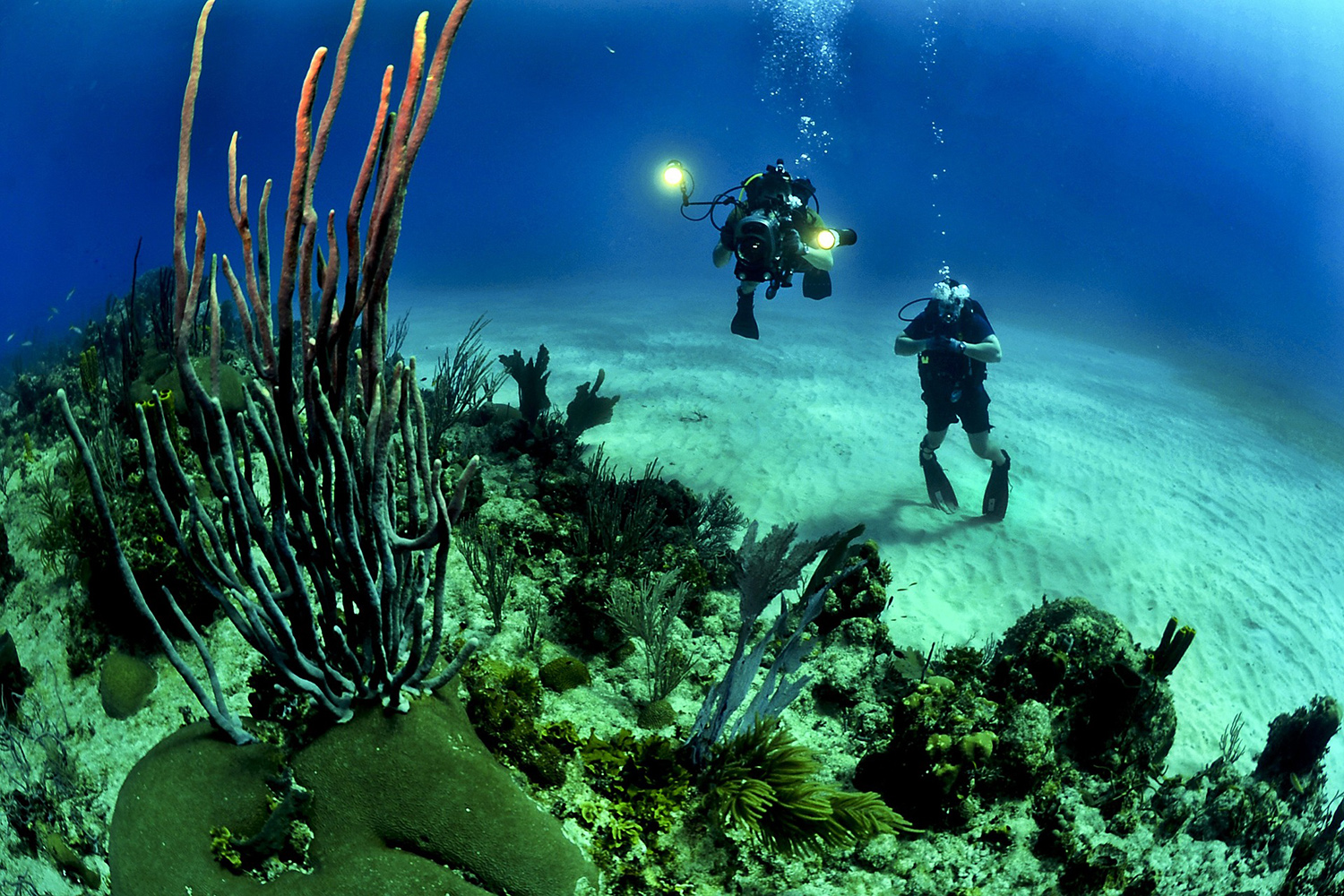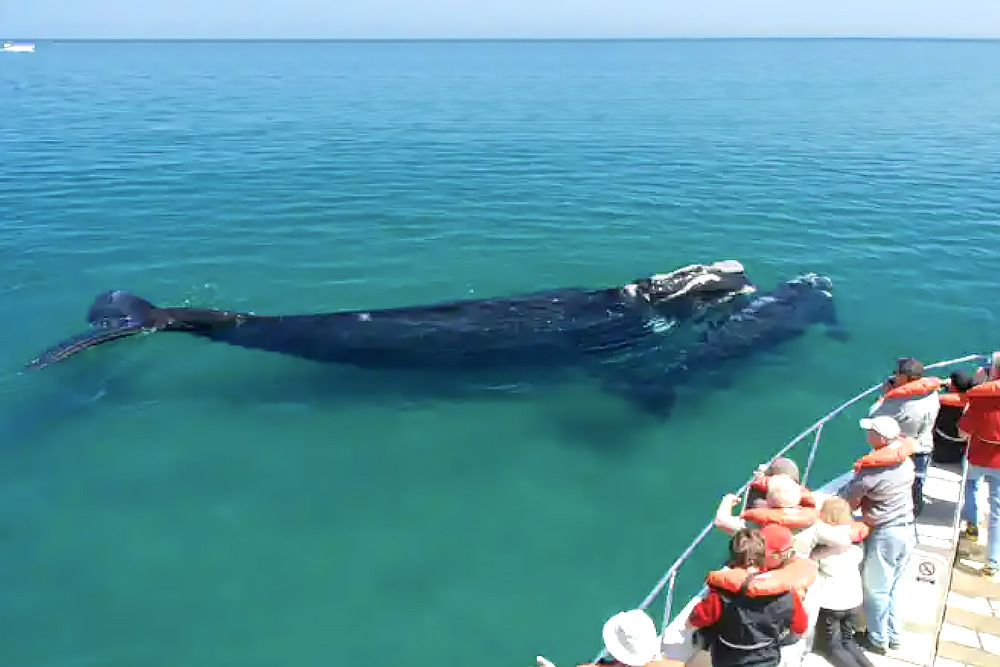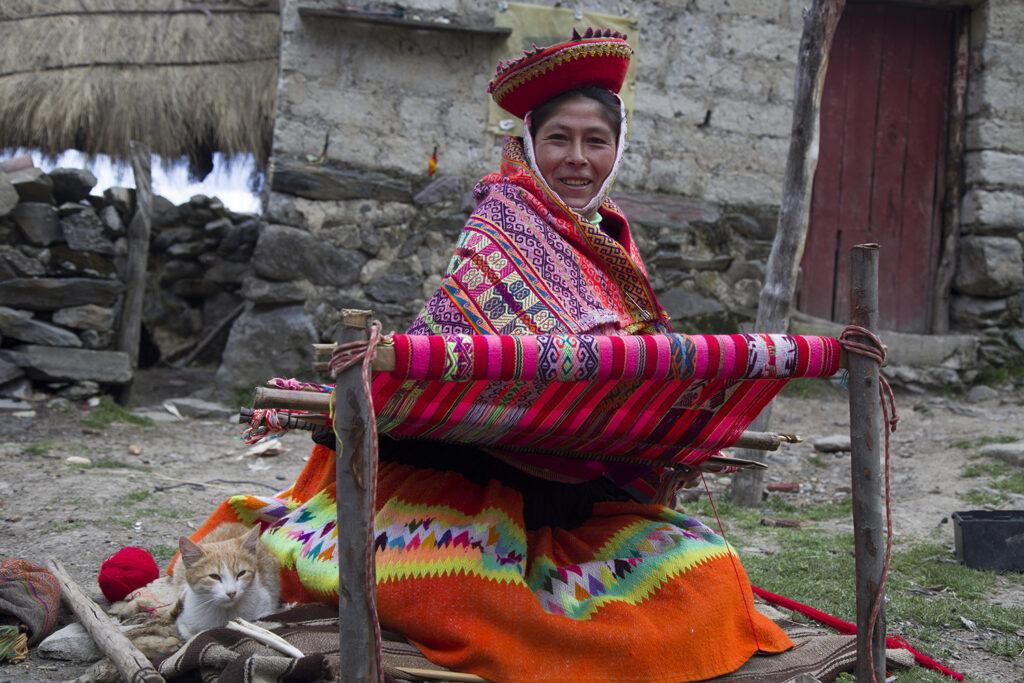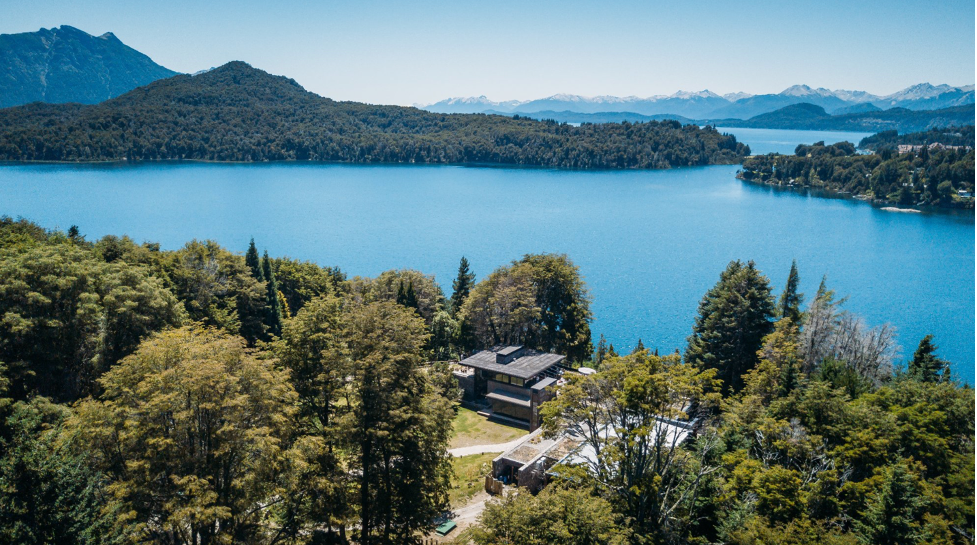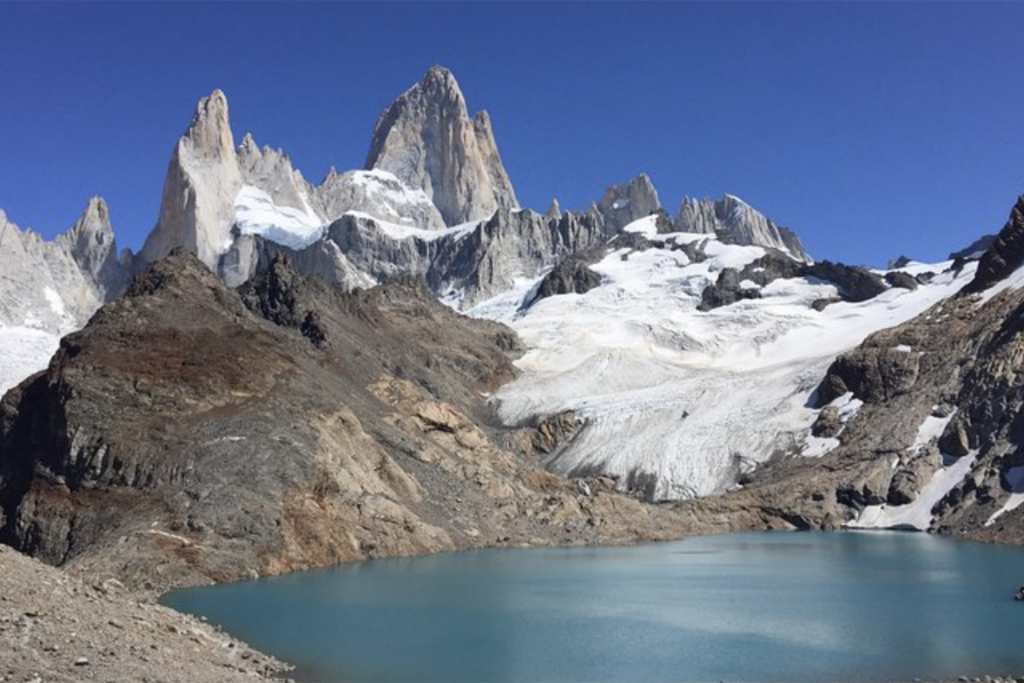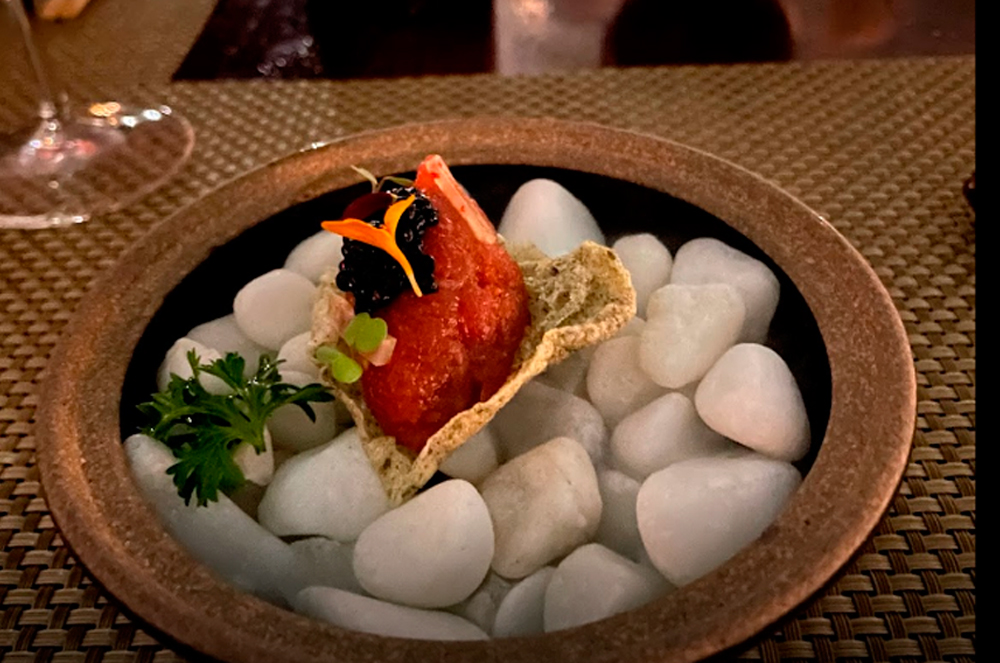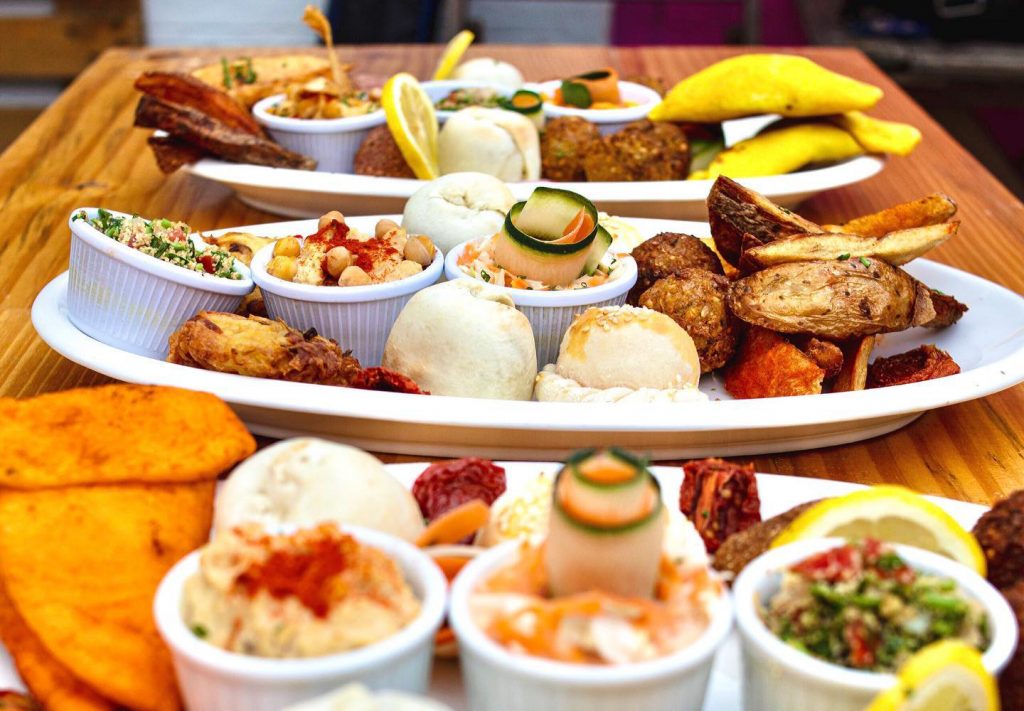Places to visit in Brazil
Every time I think of Brazil, I smile thinking about the vibrant sunsets on Praia do Espelho, the genuine joy of the Cariocas (Rio dwellers) dancing on Copacabana beach, the celebration of Salvador de Bahía waiting for the new year, the colonial houses and colorful buildings of Paraty and the baroque architecture of Ouro Preto.
Brazil is more like a "continent country" where there are many nations in one. Each state has its history, food, personality, culture, music and gastronomy that differentiates it from the other. There is a state for each traveler: places with dreamy beaches; cities such as Sao Paulo with the best contemporary art of South America; colorful festivals and places to visit with a great variety and abundance of wildlife like Pantanal and Amazonas.
Brazil really has it all and it is a destination that I adore for the diversity of its landscapes, the culture in its cities and above all for its people. Having spent many years traveling around this extraordinary country, here is my choice for the best and most beautiful places to visit in Brazil.

Rio de Janeiro
Home to the world-famous Carnival, Rio de Janeiro has been officially named the World Capital of Architecture for 2020 by UNESCO. Its designation is a recognition of the historical and modern architectural heritage of Rio and aims to reflect on the future of architectural culture, landscaping and urbanism. Rio de Janeiro will also host the World Congress of Architects, an event that occurs every three years.
Known as the Cidade Maravilhosa (Wonderful City), the city is lined with white sand beaches, lush rainforests, and it is surrounded by massive green mountains. Rio de Janeiro has spectacular views from almost every angle. From the slopes of Corcovado Mountain, you will admire the striking 125-foot-tall Christ the Redeemer, which overlooks Rio's pristine long crescent beaches. Or you can reach Sugar Loaf summit with cable cars and have a great panoramic view of Guanabara Bay.
In Rio you will marvel at the largest street murals, find many local artisan workshops, excellent restaurants and a handful of unique fashion boutiques that showcase the extraordinary talent of Rio de Janeiro’s designers.
At night, you can listen to samba through the streets of Lapa district or you can visit a concert venue like Rio Scenarium and see live shows of local bands. And if you visit Rio in February, just in time for Carnival, you will witness Brazil's energetic carnival that draws people from all over the world.
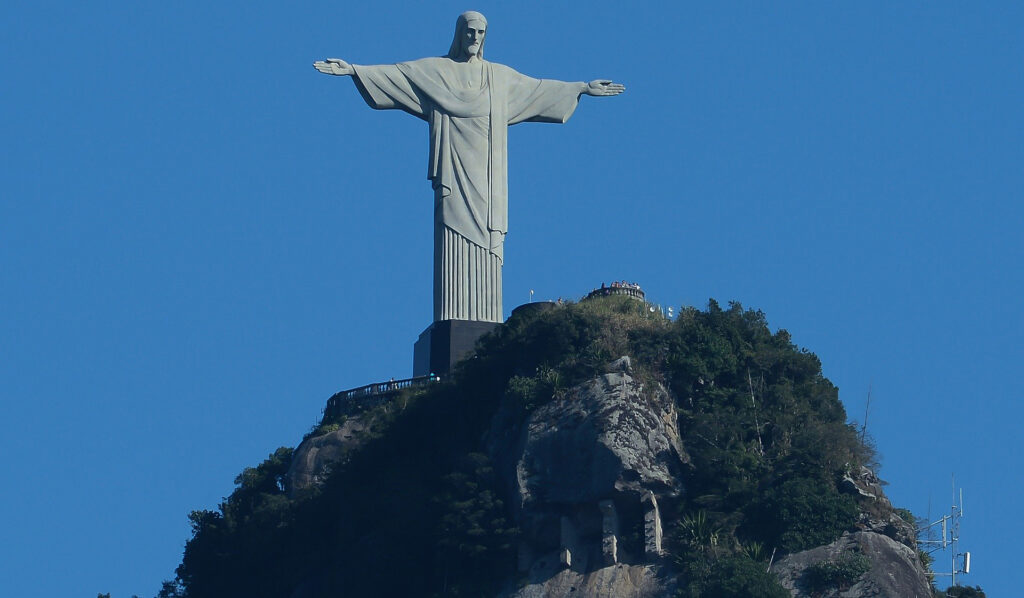
Paraty
Paraty is one of the best preserved and most beautiful 17-century colonial towns in Brazil. In addition, it is surrounded by dreamy beaches and secluded islands. This combination makes visiting Paraty one of the best things to do in Brazil. It is considered a getaway from Rio de Janeiro and São Paulo since it is a 4 hour-drive from each of them. Most of the accommodations are small boutiques built into colonial homes. To me, it is a must-do if you visit Rio de Janeiro.
São Paulo
São Paulo is the largest urban center in the country and constitutes the most important economic center in all of Latin America. It concentrates a huge textile, chemical, metallurgical, iron and steel and food complex. It is also the commercial health and financial center and the most important communications center in the entire country.
When it comes to culture, São Paulo has some of the best contemporary art galleries and museums in the country (São Paulo Museum of Art is a gem), and you can excite your taste buds at one of the many international restaurants famous for fine cuisine.
Due to the intense traffic of the city, I recommend that you dedicate at least two days to visit its most important attractions.
Cataratas del Iguazu (Iguassu Falls)
Divided between Argentina and Brazil, the Iguazu Falls (Cataratas del Iguazu in Spanish) are one of the largest waterfalls in the world. The majestic falls are one of the most spectacular places in Latin America and one of the Seven Natural Wonders of the World. Due to its location in the middle of the jungle and the enormous volume of water and its many waterfalls, it is a must on any trip to Brazil. An experience that will always be remembered.



